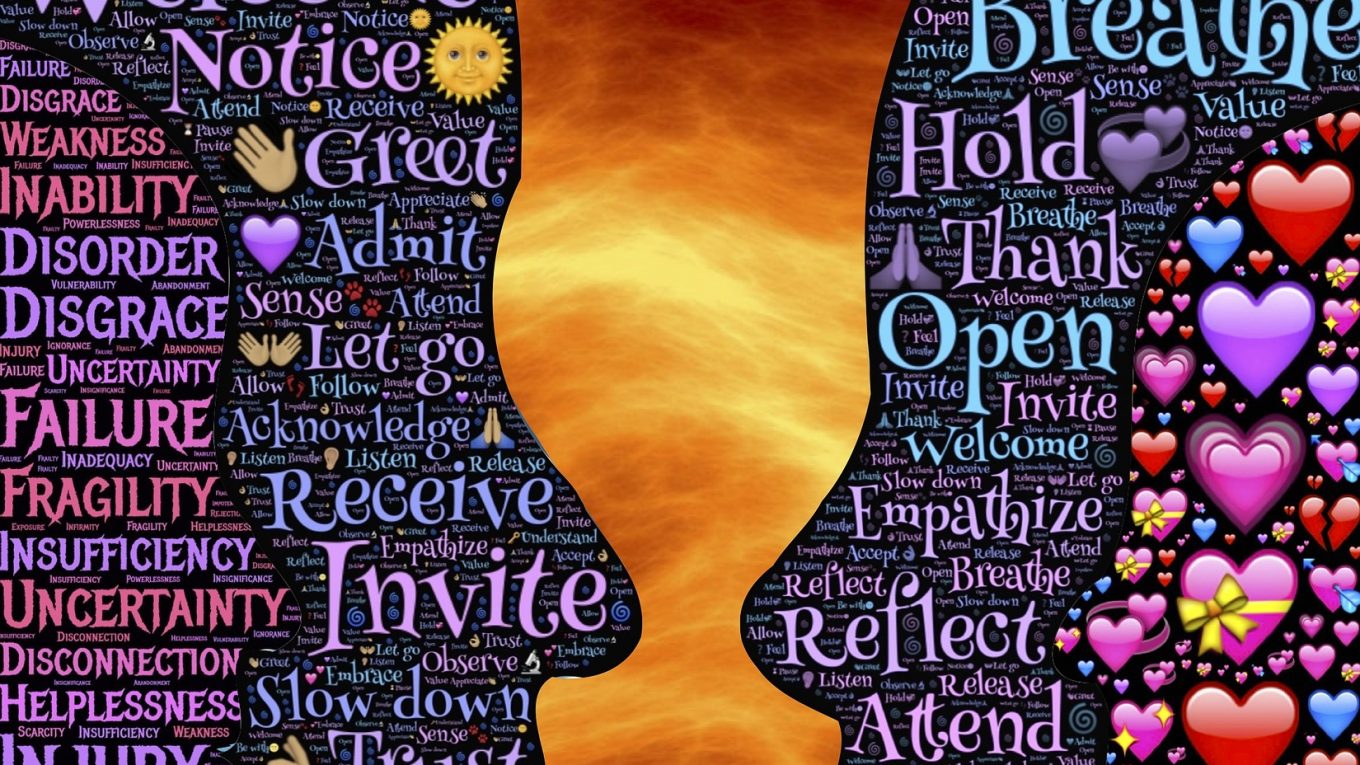Reflexive Moment
I have completed a third round of listening, connecting, and thinking about the lived experiences shared by the fourteen participants in my research inquiry. For this round I re-watched each of the video interviews, paying attention to pauses, gestures, body movement, laughter, intonation, and moments where thinking was pushed further through our paired conversations. I added a code [Helen’s provocation] to my collection that may help capture these moments for deeper analysis. I also noticed some efforts on the part of the participants to provide just the right response, to provide something that I was looking for (despite often saying there is no right or wrong response) – to capture these moments, I’ve coded them as well {trying to please Helen].
As noted in my previous post, I was doing some reading from Braun & Clarke about thematic analysis (TA) during the later part of this round of analysis. I was smiling with some relief when I read that the first rounds of coding done by new researchers tends to be semantic in nature. This means that I quite literally took the words from the semantic intention or words used by the participants. While I was happy with this first round of coding, it left me struggling to figure out what to do next. Now that I had all these codes, what do I do with them and how do I translate them into themes and/or sub-themes.
I am also returning to my post-phenomenological research to find the next steps. Here I will pause to do some of the work that will hopefully lay out the foundation for what comes next. Vagle (2018) reminds me that phenomenology is a moving and dynamic exploration. There are three ways to be reflexive, according to Vagle (2018): positional reflexivity, textual reflexivity. and constitutive reflexivity. This requires a “dogged questioning of one’s own knowledge as apposed to a suspension of knowledge” (p. 82). Vagle reminds me to be explicit in identifying my understanding of intentionality in philosophical terms – to create an intentionality statement that outlines where I look for meaning in the lived experiences and relations running through the lifeworlds being described by the participants. This is something I will work on in the coming week.
Vagle (2018) also reminds me to pay attention to
- when I connect or disconnect – this could apply to the engagement with the participants’ materials, but it could also apply to the ideas and concepts that I connect to the texts or where I explicitly disconnect ideas;
- to my (and my participant’s) assumptions of normality – this connects to the notion of ‘making strange’ when something is tacitly understood between myself and my participants, between myself and the lived experiences being described;
- where my bottom line is drawn – particularly in beliefs, perceptions, perspectives, and opinions that I (we) refuse to shed or are reluctant to identify;
- moments where I/they are shocked or startled by what is asked, what is said, what is observed.
These ‘attentions’ will permit moments of wonder, joy, questioning, agreement, contradiction, venting, laughter, and celebration. As I complete this round of analysis I am aware that each of these moments have been experienced as I reviewed the multitude of complex and complicated experiences that the participants have shared.
Reference:
Vagle, M. (2018). Crafting phenomenological research (2nd ed.). Routledge.
